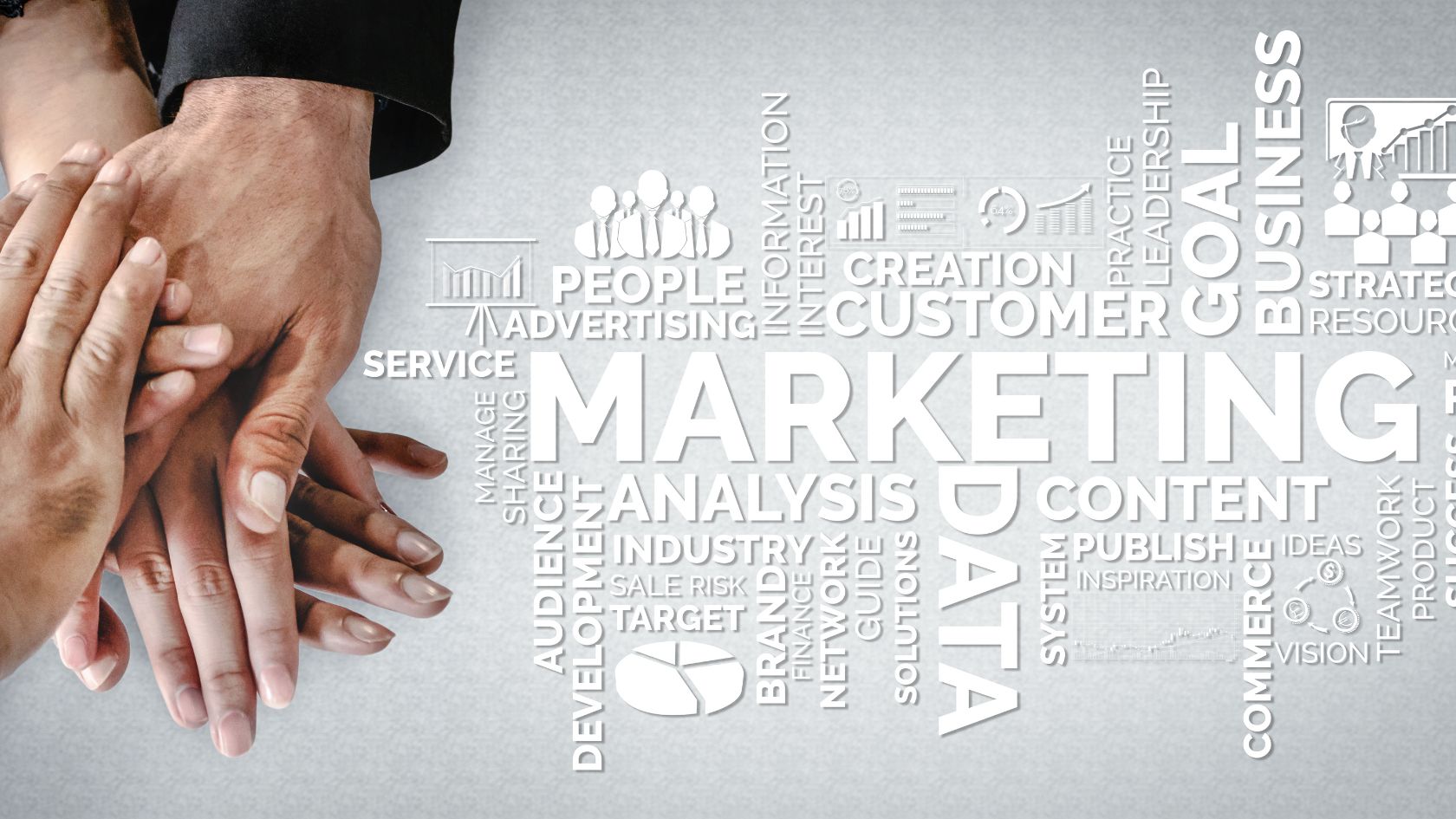
Marketing Technology Evolution: From Traditional Tools to AI-Powered Solutions

Marketing technology evolution has fundamentally transformed how businesses connect with their audiences, moving from simple print advertisements to sophisticated AI-driven campaigns that deliver personalized experiences at scale. This dramatic shift has revolutionized not only the tools marketers use but also the strategies they employ to reach, engage, and convert customers in an increasingly digital world.
The journey from traditional marketing methods to today’s advanced MarTech ecosystem represents one of the most significant transformations in business history. Understanding this evolution helps marketers appreciate current capabilities while preparing for future innovations that will continue to reshape the industry.
The Foundation: Traditional Marketing Era (Pre-1990s)
Before the digital revolution, marketing relied heavily on traditional channels and manual processes. Print advertisements, television commercials, radio spots, and direct mail campaigns dominated the landscape. Marketers depended on broad demographic data and intuition rather than precise analytics to guide their decisions.
During this era, measuring campaign effectiveness proved challenging. Marketers tracked basic metrics like circulation numbers, television ratings, and coupon redemption rates. The lack of real-time data meant campaigns often ran their full course before marketers could assess their impact and make adjustments.
The Digital Dawn: Early Internet Marketing (1990s-2000s)
The emergence of the internet marked the beginning of marketing’s digital transformation. Email marketing became one of the first digital channels, offering unprecedented direct access to consumers. Websites evolved from simple online brochures to interactive platforms capable of capturing visitor information and facilitating transactions.
Search engines revolutionized how consumers discovered products and services, leading to the birth of search engine optimization (SEO) and pay-per-click (PPC) advertising. These developments introduced measurable ROI metrics that allowed marketers to track campaign performance with greater precision than ever before.
Key Innovations of the Early Digital Era:
- Email marketing platforms enabling mass personalized communication
- Web analytics tools providing insights into visitor behavior
- Customer Relationship Management (CRM) systems centralizing customer data
- Content Management Systems (CMS) simplifying website updates
- Banner advertising networks expanding digital reach
The Social Media Revolution (2000s-2010s)
Social media platforms transformed marketing from a one-way broadcast model to interactive conversations between brands and consumers. Facebook, Twitter, LinkedIn, and Instagram created new opportunities for engagement while generating vast amounts of user data that marketers could leverage for targeting.
This period saw the rise of influencer marketing, user-generated content campaigns, and viral marketing strategies. Social listening tools emerged, allowing brands to monitor conversations about their products and respond in real-time to customer feedback and concerns.
The Data-Driven Era: Advanced Analytics and Automation (2010s-Present)
Marketing technology experienced explosive growth as data analytics and automation capabilities matured. Marketing automation platforms integrated multiple channels, enabling sophisticated multi-touch campaigns that could nurture leads through personalized journeys based on their behaviors and preferences.
Essential Components of Modern MarTech Stacks:
- Marketing Automation Platforms: Orchestrate complex campaigns across channels
- Customer Data Platforms (CDPs): Unify customer data from multiple sources
- Analytics and Attribution Tools: Track customer journeys and measure impact
- Content Management Systems: Deliver personalized content experiences
- Social Media Management Tools: Schedule, publish, and analyze social content
- Email Marketing Platforms: Create targeted email campaigns with advanced segmentation
Implementing Modern Marketing Technology: A Step-by-Step Guide
Successfully adopting marketing technology requires careful planning and execution. Follow these steps to build an effective MarTech stack that drives results:
Step 1: Assess Your Current State
Begin by auditing your existing marketing tools and processes. Identify gaps in capabilities, redundancies in functionality, and integration challenges that limit effectiveness. Document your current customer journey to understand where technology can enhance the experience.
Step 2: Define Clear Objectives
Establish specific, measurable goals for your marketing technology investments. Whether improving lead generation, increasing customer retention, or enhancing personalization, clear objectives guide tool selection and implementation priorities.
Step 3: Research and Evaluate Solutions
Investigate available options that align with your objectives and budget. Consider factors like ease of use, integration capabilities, scalability, and vendor support. Request demonstrations and trials to assess how well solutions meet your specific needs.
Step 4: Plan Your Implementation
Develop a phased rollout plan that minimizes disruption while maximizing adoption. Start with pilot programs to test new tools with small user groups before expanding organization-wide. Ensure adequate training and support resources are available.
Step 5: Integrate and Optimize
Connect your marketing tools to create seamless data flows and unified customer views. Establish processes for ongoing optimization based on performance data and user feedback. Regular reviews ensure your MarTech stack continues delivering value as needs evolve.
Emerging Trends Shaping Marketing Technology’s Future
Artificial intelligence and machine learning increasingly power marketing technology innovations. Predictive analytics anticipate customer needs, while natural language processing enables more sophisticated chatbots and voice search optimization. Computer vision technology transforms how brands analyze visual content and track brand mentions across digital channels.
Privacy regulations and consumer expectations drive development of privacy-preserving technologies. First-party data strategies become crucial as third-party cookies phase out. Blockchain technology promises enhanced transparency and security in digital advertising transactions.
Tips for Staying Ahead of Marketing Technology Trends:
- Subscribe to industry publications and thought leader blogs
- Attend marketing technology conferences and webinars
- Join professional communities and discussion forums
- Experiment with emerging tools through pilot programs
- Build relationships with innovative vendors and partners
- Invest in continuous learning and skill development
Overcoming Common Marketing Technology Challenges
Despite its benefits, marketing technology implementation often faces obstacles. Data silos prevent unified customer views, while complex integrations challenge technical resources. User adoption suffers when tools prove difficult to use or fail to demonstrate clear value.
Address these challenges by prioritizing user experience in tool selection, investing in proper training, and establishing clear governance frameworks. Regular communication about successes and ongoing support help maintain momentum and enthusiasm for new technologies.
Measuring Marketing Technology ROI
Demonstrating marketing technology value requires comprehensive measurement approaches. Track both efficiency gains (time saved, processes automated) and effectiveness improvements (conversion rates, customer satisfaction scores). Establish baseline metrics before implementation to accurately assess impact.
Consider total cost of ownership including licensing, implementation, training, and ongoing maintenance. Balance these costs against tangible benefits like increased revenue, reduced customer acquisition costs, and improved retention rates to build compelling business cases for continued investment.
Conclusion: Embracing Continuous Evolution
Marketing technology evolution continues accelerating, driven by advancing capabilities in artificial intelligence, data analytics, and customer experience optimization. Success requires embracing change while maintaining focus on fundamental marketing principles: understanding customer needs, delivering value, and building lasting relationships.
Organizations that view marketing technology as an ongoing journey rather than a destination position themselves for sustained success. By staying informed about emerging trends, investing in the right tools like push notification platforms, and maintaining flexibility to adapt as needs change, marketers can harness technology’s power to create meaningful connections with their audiences while driving measurable business results.
The future of marketing technology promises even greater personalization, automation, and intelligence. Marketers who understand this evolution and actively participate in shaping it will lead their organizations to new heights of customer engagement and business growth. The journey from traditional marketing to today’s sophisticated MarTech ecosystem demonstrates that adaptation and innovation remain essential for marketing success in any era.